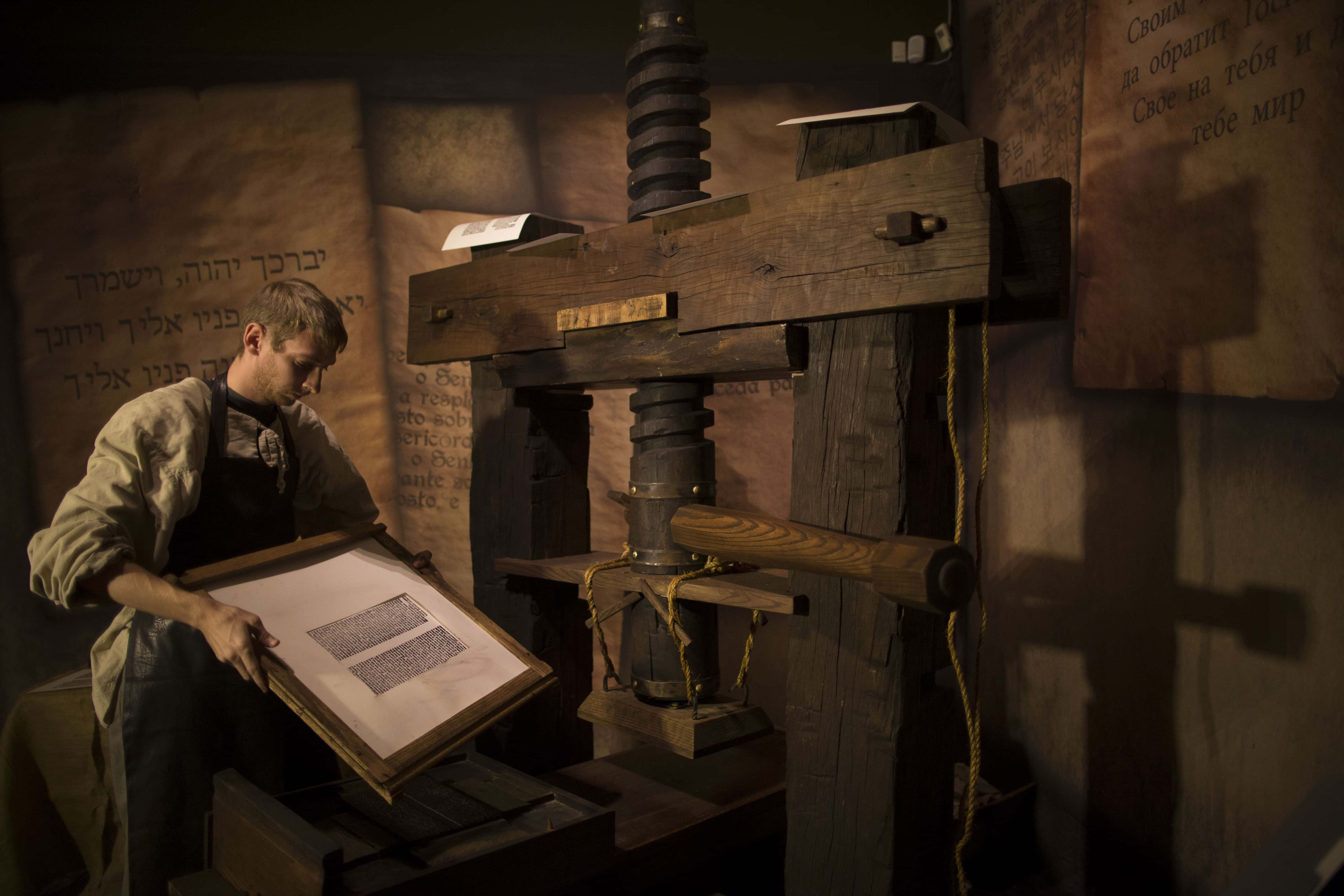Who was Johannes Gutenberg? Google Doodle honors Renaissance pioneer who invented movable type printing press

There are people whose names have remained immortal in history because of their massive contributions to the progress of mankind. One among them is Johannes Gutenberg, a 15th-century inventor from Germany (in Mainz in then Holy Roman Empire) who introduced movable-type printing to Europe to spark a revolution that helped in enlightening the masses. The movable type printing press led to “The Printing Revolution.”
On Wednesday, April 14, Google dedicated a doodle to Gutenberg to mark the 21st anniversary of the Gutenberg Museum which launched a retrospective exhibit on his life. On April 14, 2000, the museum in Mainz started the exhibit and it was also the centenary of the museum which was set up in 1900, five centuries since Gutenberg was born. In the doodle, one can see an ornately designed frame that mentions the word “Google” in a traditional Gutenberg-style font. In place of the two “o”s of Google, one find illustrations of the traditional printing press and the inventor himself. Below him, one sees the word “Google” shown in reverse, as it is seen on a printing press.
RELATED ARTICLES
Who was Zitkala-Sa? Google Doodle honors activist who fought for Native Indian rights on birth anniversary
Thanksgiving Google Doodle: The significance of the squirrels and birds revealed

About Gutenberg
Johannes Gensfleisch zur Laden zum Gutenberg was given an “official and symbolic date of birth” of June 24, 1400, by the city of Mainz. From his early life, Gutenberg gained expertise in metal-working — goldsmithing and coin-minting. Starting in 1436, Gutenberg used his knowledge of coin-minting to modify a winepress to deliver ink to paper while his metal-working skills were used for creating individual letters for the press. By the 1440s, Gutenberg perfected his research into the idea of a printing press but it would come into proper operation only in 1450. However, even though his idea flourished, Gutenberg was financially drained and was bankrupt around 1456 because of a court dispute with Johann Fust, a lender. He got formal recognition for his creation later in his life when he got the “Hofmann” title in 1465, along with wealth. He died in 1468 and was buried in Mainz.

About the Gutenberg Museum
The museum, which is one of the oldest museums of printing, is located opposite the cathedral in the old part of Mainz city. The collections at the museum include printing equipment and printing materials gathered from several cultures. The museum was founded to honor Gutenberg and educate the masses about his technical and artistic feats. They also aimed to exhibit writing and printing of different cultures. Publishers, manufacturers of printing machines and printing houses donated to the museum books, apparatus and machines to enrich its collection. Initially, the museum was part of the city library but with time, it was expanded to include sections on printing techniques, book art, job printing, etc.
Project Gutenberg, the oldest library of digitized books, is also named after the printing press pioneer.










